Sam Zeloof combines 1970s-era machines with homemade designs. His creations show what’s possible for small-scale silicon tinkerers.
Get the latest international news and world events from around the world.
New study reveals the gentler side of black holes
This tiny galaxy has a huge black hole at its center that’s churning out stars.
Scientists observed a black hole birthing new stars in a dwarf galaxy for the first time, providing evidence as to how these all-consuming objects can create stellar nurseries. The observations also reveal how ancient black holes may have formed shortly after the Big Bang.
The findings are detailed in a study published Wednesday in the journal Nature.
HERE’S THE BACKGROUND — Black holes are compact, dense concentrations of matter in space, a region with such a strong gravitational pull that not even light can escape.
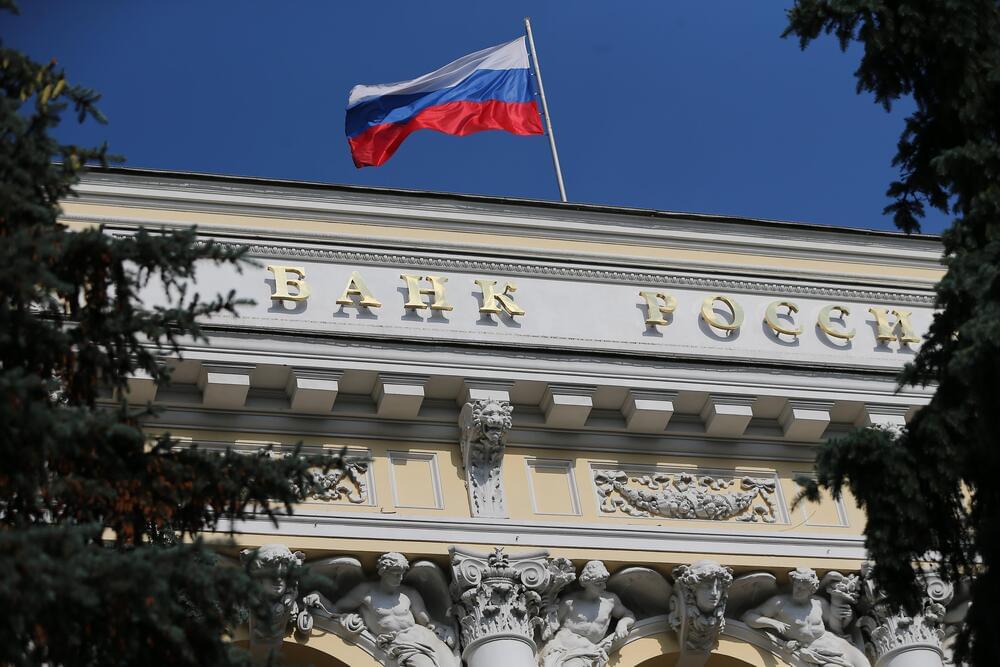
Russia proposes ban on use and mining of cryptocurrencies
Russia’s central bank on Thursday proposed banning the use and mining of cryptocurrencies on Russian territory, citing threats to financial stability, citizens’ wellbeing and its monetary policy sovereignty.
The move is the latest in a global cryptocurrency crackdown as governments from Asia to the United States worry that privately operated and highly volatile digital currencies could undermine their control of financial and monetary systems.
Russia has argued for years against cryptocurrencies, saying they could be used in money laundering or to finance terrorism. It eventually gave them legal status in 2020 but banned their use as a means of payment.

SpaceX Awarded $102M AFRL Rocket Cargo Contract
SpaceX has won a potential five-year, $102 million contract from the U.S. Air Force to demonstrate technologies under a program that seeks to determine the viability of using large rockets to support the Department of Defense’s global logistics missions, SpaceNews reported Wednesday.
Under the Rocket Cargo program, the Air Force Research Laboratory will gather data on performance and environments signatures by having access to SpaceX’s orbital launches and booster landings.
The company will present cargo bay designs that are compatible with intermodal containers of U.S. Transportation Command under the contract, which includes an option for SpaceX to conduct a full-up demonstration of capabilities for heavy cargo transport and landing operations.
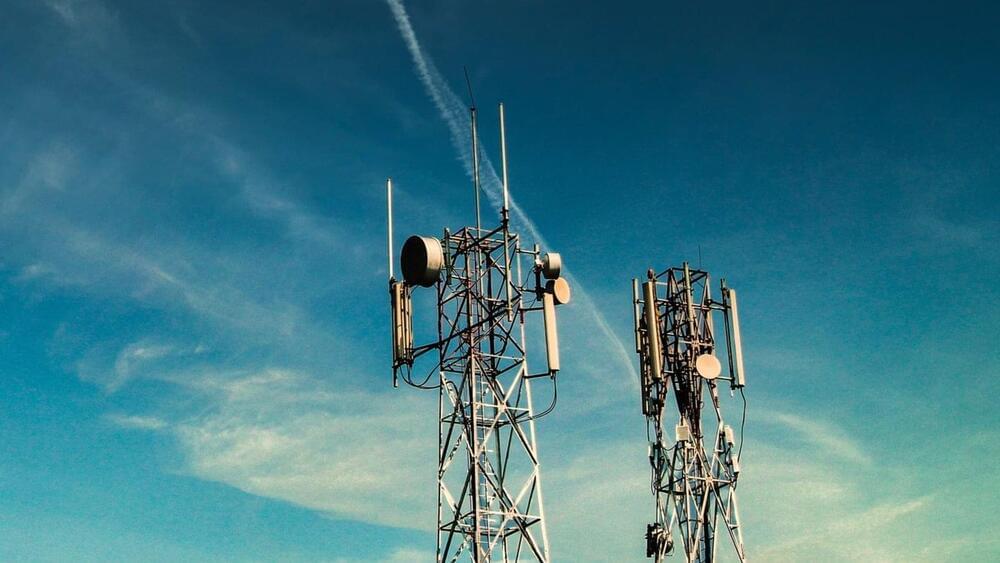
Android users can now disable 2G to block Stingray attacks
Google has finally rolled out an option on Android allowing users to disable 2G connections, which come with a host of privacy and security problems exploited by cell-site simulators.
The addition of the option was spotted by EFF (Electronic Frontier Foundation), which calls the development a victory for privacy protection.

Nikola And Corcentric Fleet Funding Solutions Sign Agreement to Facilitate Zero-Emission Vehicle Sales Financing
Agreement will finance sales of Class 8 battery-electric and hydrogen fuel cell electric vehicles to customers
PHOENIX 0, Jan. 20, 2022 /PRNewswire/ — Nikola Corporation (Nasdaq: NKLA), a global leader in zero-emissions transportation and energy infrastructure solutions, and Corcentric Fleet Funding Solutions, a leading provider of leasing and financing solutions, today announced a signed agreement to facilitate sales of Class 8 Nikola Tre battery-electric vehicles (BEVs) and Nikola Tre hydrogen fuel cell electric vehicles (FCEVs). Pursuant to the agreement, Corcentric will purchase vehicles and related assets (e.g., charging assets) directly from Nikola to offer Nikola customers a bundled lease that provides Nikola trucks and related equipment, as well as fuel and maintenance, in a single agreement.
“We believe this partnership will allow Nikola to reach more customers by offering solutions to those who otherwise may not have access to financing options,” said Nikola Chief Financial Officer, Kim Brady. “The agreement will provide Corcentric a launching point to expand its offerings into the electric vehicle space. Together we expect to provide funding resources, multiple options to tailor leases to customer needs, and best-in-class customer care for fleet customers and owner/operators.”
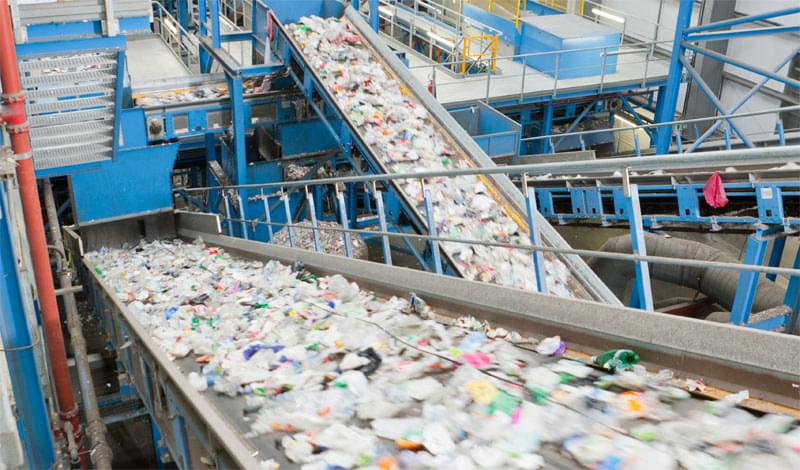
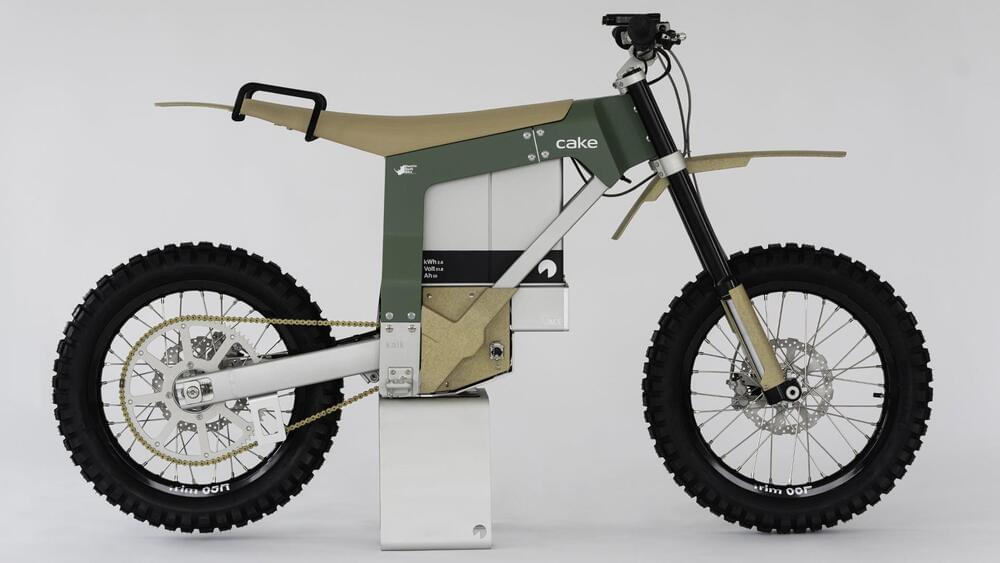

New cancer therapy from Yibin Kang’s lab holds potential to switch off major cancer types without side effects
Circa 2021 😃
Imagine you could cure cancer by targeting one tiny gene. Imagine that same gene occurred in every major cancer, including breast, prostate, lung, liver and colon. Imagine that the gene is not essential for healthy activity, so you could attack it with few or no negative side effects.
Cancer biologist Yibin Kang has spent more than 15 years investigating a little-known but deadly gene called MTDH, or metadherin, which enables cancer in two important ways — and which he can now disable, in mice and in human tissue, with a targeted experimental treatment that will be ready for human trials in a few years. His work appears in two papers in today’s issue of Nature Cancer.
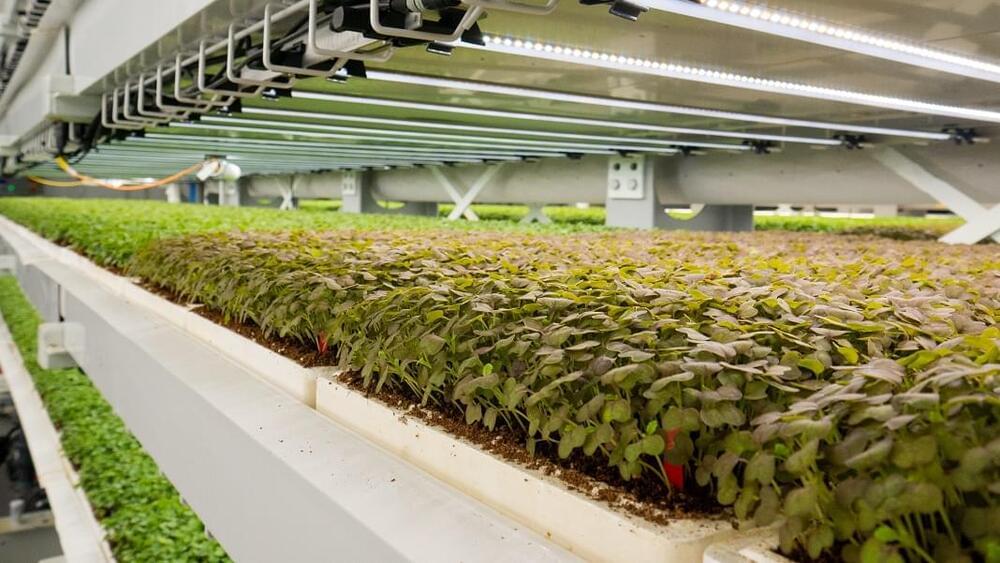
The World’s Biggest Vertical Farm Yet Will Fertilize Crops With Fish Poop
Most vertical farms are hydroponic (plant roots sit in shallow troughs of nutrient-rich water) or aeroponic (roots dangle in the air and are periodically misted). But Upward Farms uses aquaponics to fertilize its crops. What does that mean? In a nutshell, that plants are fertilized with fish poop.
To get a little more specific: besides microgreens, Upward Farms raises fish: mercury-free, antibiotic-free, hormone-free hybrid striped bass, in tanks that are separate from the trays of greens. Manure from the fish is collected and fed to the plants, making for a soil microbiome that’s more dense, fertile, and productive than that of most indoor farms, according to the company. Best of all, the company sells the fish to consumers, too.
Upward Farms claims its yields are two times above the industry average thanks to its ecological farming method, which keeps the microbial cell count in soil much higher than it would be with chemical fertilizers. “There’s a communication layer that’s been built in by millions of years of evolution between plants and microbes,” said Jason Green, Upward Farms’ CEO and cofounder. “Plants can say, ‘Hey, I’m stressed in this way, my environment is imperfect in this way, can you help me?’ and plants recruit microbes to their service.”